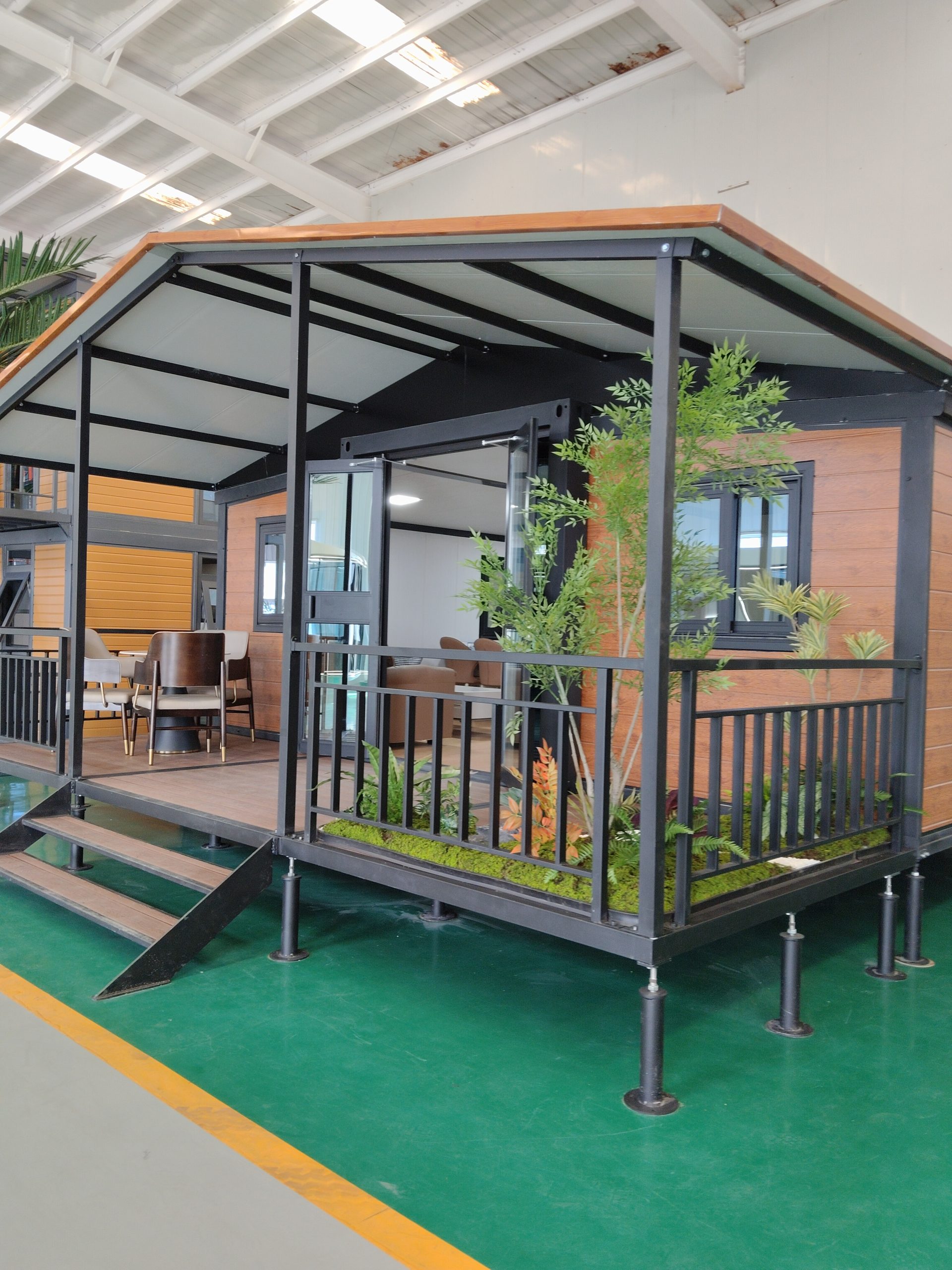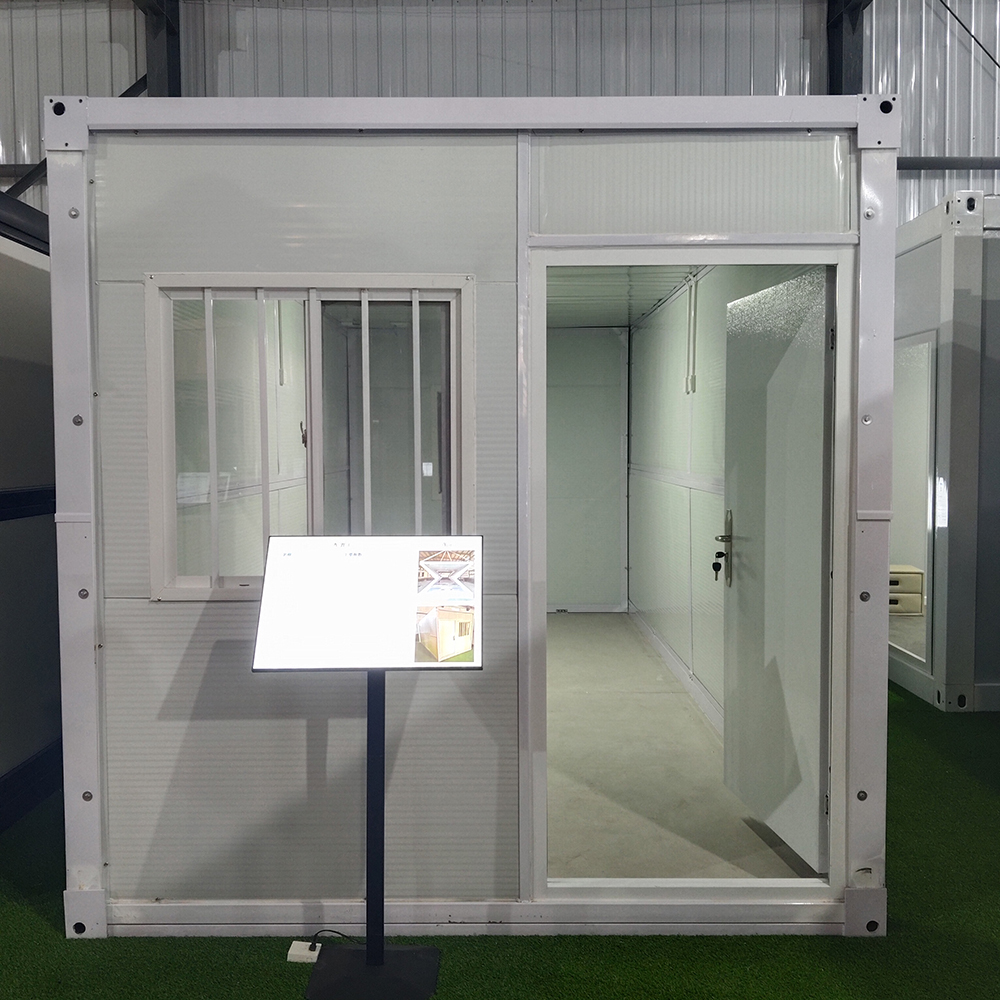-
E-mail
sales@jujiuhouse.com -
Telephone
+86-17854044442
- Chinese
- French
- German
- Portuguese
- Spanish
- Russian
- Japanese
- Korean
- Arabic
- Irish
- Greek
- Turkish
- Italian
- Danish
- Romanian
- Indonesian
- Czech
- Afrikaans
- Swedish
- Polish
- Basque
- Catalan
- Esperanto
- Hindi
- Lao
- Albanian
- Amharic
- Armenian
- Azerbaijani
- Belarusian
- Bengali
- Bosnian
- Bulgarian
- Cebuano
- Chichewa
- Corsican
- Croatian
- Dutch
- Estonian
- Filipino
- Finnish
- Frisian
- Galician
- Georgian
- Gujarati
- Haitian
- Hausa
- Hawaiian
- Hebrew
- Hmong
- Hungarian
- Icelandic
- Igbo
- Javanese
- Kannada
- Kazakh
- Khmer
- Kurdish
- Kyrgyz
- Latin
- Latvian
- Lithuanian
- Luxembou..
- Macedonian
- Malagasy
- Malay
- Malayalam
- Maltese
- Maori
- Marathi
- Mongolian
- Burmese
- Nepali
- Norwegian
- Pashto
- Persian
- Punjabi
- Serbian
- Sesotho
- Sinhala
- Slovak
- Slovenian
- Somali
- Samoan
- Scots Gaelic
- Shona
- Sindhi
- Sundanese
- Swahili
- Tajik
- Tamil
- Telugu
- Thai
- Ukrainian
- Urdu
- Uzbek
- Vietnamese
- Welsh
- Xhosa
- Yiddish
- Yoruba
- Zulu
- Kinyarwanda
- Tatar
- Oriya
- Turkmen
- Uyghur

houses container house prefabricated cabin
Exploring the Practicalities of Container Houses and Prefabricated Cabins
In recent years, the notion of living in a container house or a prefabricated cabin has turned from novelty to a viable housing solution for many. While they seem revolutionary, it's important to separate the hype from the reality. Here's a grounded exploration from someone who's been in the field long enough to see both the successes and the pitfalls.
Understanding Container Houses
First, let's tackle the container house. It emerged as a trendy alternative for traditional housing, leveraging surplus shipping containers. They're hardwearing, but not without their quirks. Material quality can vary, and insulation becomes a major discussion point, especially in extreme climates. Experience taught me that not all containers are built equal—choosing the right sort is paramount.
A project that comes to mind involved retrofitting a container for a coastal town. Here, the salt in the air was a concern. We had to specially treat the container exterior to prevent corrosion, a detail often overlooked until it’s too late.
Moreover, logistics and local regulations can complicate a seemingly simple move. I've learned the hard way that zoning laws can vary significantly, sometimes turning a promising project into a regulatory nightmare.
The Rise of Prefabricated Cabins
Moving to prefabricated cabins, the appeal lies in their efficiency and customization. These cabins offer a refreshing contrast to the sometimes cold, industrial feel of containers. Being factory-built brings precision, but remember, the site prep can't be ignored. A poorly prepared foundation can lead to misalignments, something I’ve witnessed during a rushed installation on uneven ground.
I recall a scenario with SHANDONG JUJIU INTEGRATED HOUSING CO,LTD, whose precision in design has consistently impressed. Their attention to detail in both design and production phases ensures fewer headaches on-site. Checking out their website can give you a feel of their offerings: jujiuhouse.com.
However, like containers, these cabins sometimes face regional restrictions. It's critical to check if prefabs are covered under the same construction codes as traditional buildings in your area—it isn’t always the case.
Common Challenges and Misconceptions
There's an underestimation on part of new builders regarding the time and cost savings. Yes, both container houses and prefabricated options can be quicker, but instant is a myth. Lead times for customization or special permits aren't always accounted for and can stack up quickly. A particular project required extended negotiations for permissions just to bring the units to the site.
Cost should be approached with caution. Initial quotes don't always cover the whole picture. I've seen projects where additional expenses for utilities, fittings, and local adjustments caught clients off-guard. It’s advisable to buffer for these when planning the budget.
One overlooked fact is the post-installation finesse. It's easy to assemble a structure, but refining the interior finishes, especially in something compact like containers or cabins, proves to be an art. The skill level of local contractors can vary, influencing the final look and feel significantly.
Environmental Considerations
Another layer to these housing solutions is their environmental impact. Reusing containers seems ecologically sound, but energy use during modification and transport can offset these benefits. Considering the full life-cycle carbon footprint is crucial. Energy-efficient modifications, like solar panels or eco-friendly insulation, are areas where Shandong Jujiu Integrated Housing Co., Ltd. has been innovating.
I've touched base with teams focusing on sustainable designs, and one common challenge is balancing green features with budget constraints. Clients often desire sustainability but half-heartedly invest in it. Clarity on long-term benefits can help, though, bridging this gap.
Seasoned builders and clients alike know that integrating alternative energy solutions right from the planning phase brings about more cohesive outcomes and energy savings in the long run.
Real-world Applications and Future Trends
The real-world applications of these housing styles are diverse. Initially, aimed at cost-effectiveness, they’ve branched into luxury realms and commercial spaces. There’s an increasing trend of hybrid designs—combining traditional and new-age modules. One successful project I observed integrated large glass panels for natural light, transforming what many saw as a metal box, into a modern loft.
What catches attention is the adaptability—disaster response housing, off-grid living, or temporary office spaces. Each instance showcases their versatility. Yet, divergence from traditional norms is a double-edged sword; acceptance varies culturally and regionally.
The future could see regulations adapting to these non-traditional structures, possibly easing current constraints. Companies, such as SHANDONG JUJIU, innovating in design and sustainability, are likely to drive these changes. Keeping up with technological advances will be key, as will public perception—two areas to watch closely.
Related products
Related products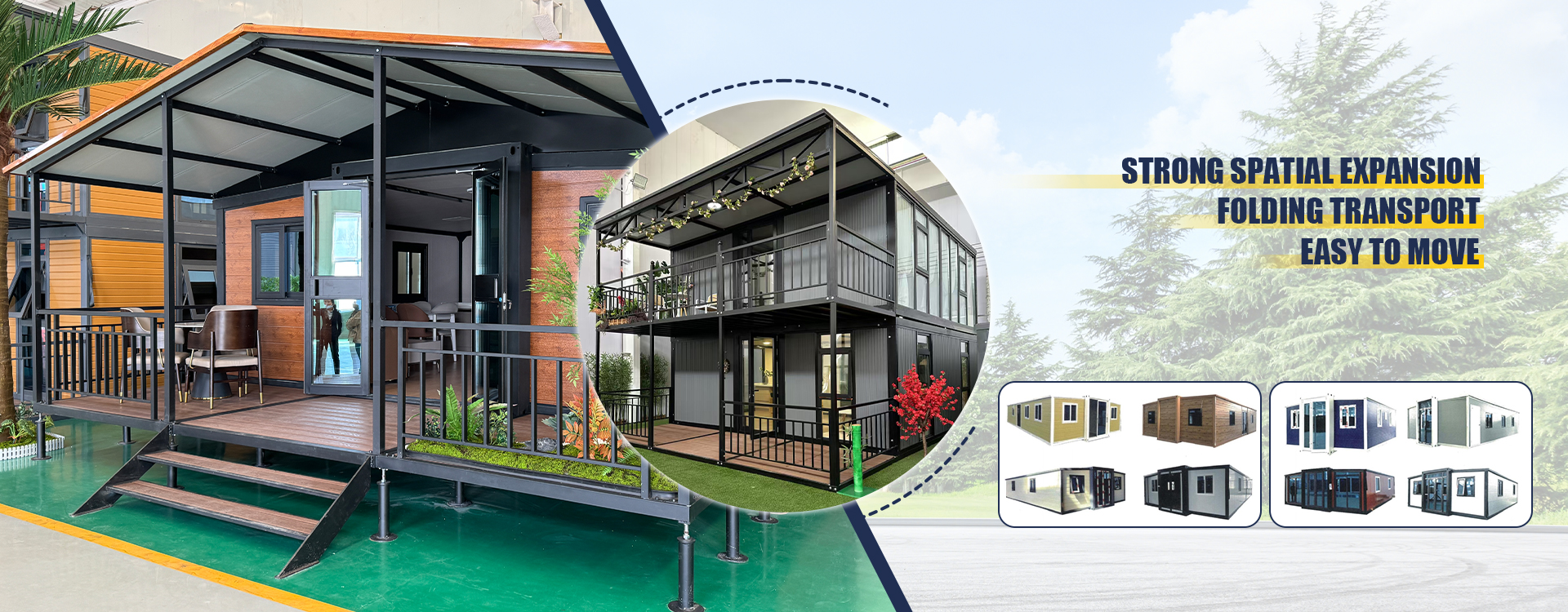
Best selling products
Best selling products-
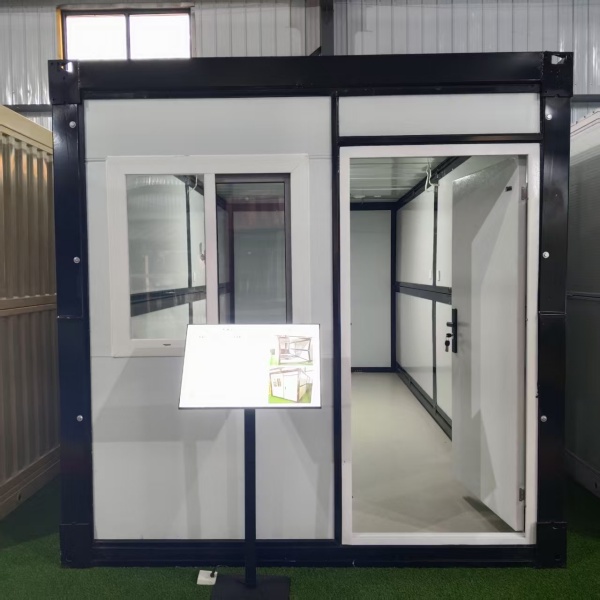 Factory Direct Sales Office Folding Container Luxury House Living Container House
Factory Direct Sales Office Folding Container Luxury House Living Container House -
 Hot-selling foldable container houses, expandable prefabricated houses, suitable for office or living use, with fast delivery.
Hot-selling foldable container houses, expandable prefabricated houses, suitable for office or living use, with fast delivery. -
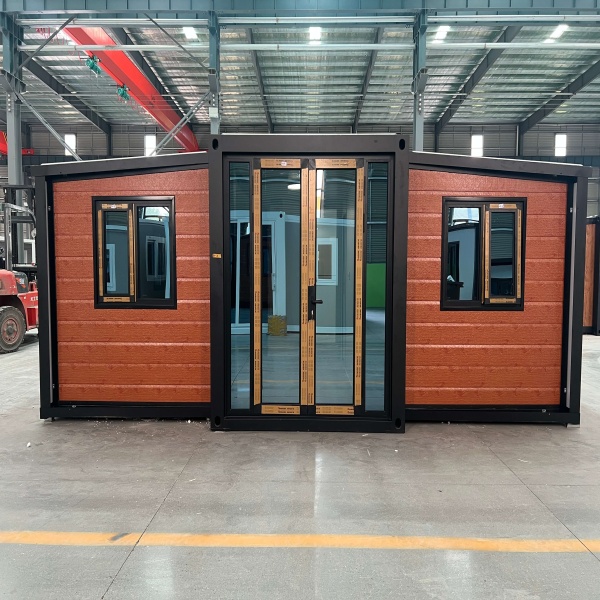 High-quality Double-wing Folding Container House with Doors and Windows, Insulated Walls, Suitable for Various Scenarios.
High-quality Double-wing Folding Container House with Doors and Windows, Insulated Walls, Suitable for Various Scenarios. -
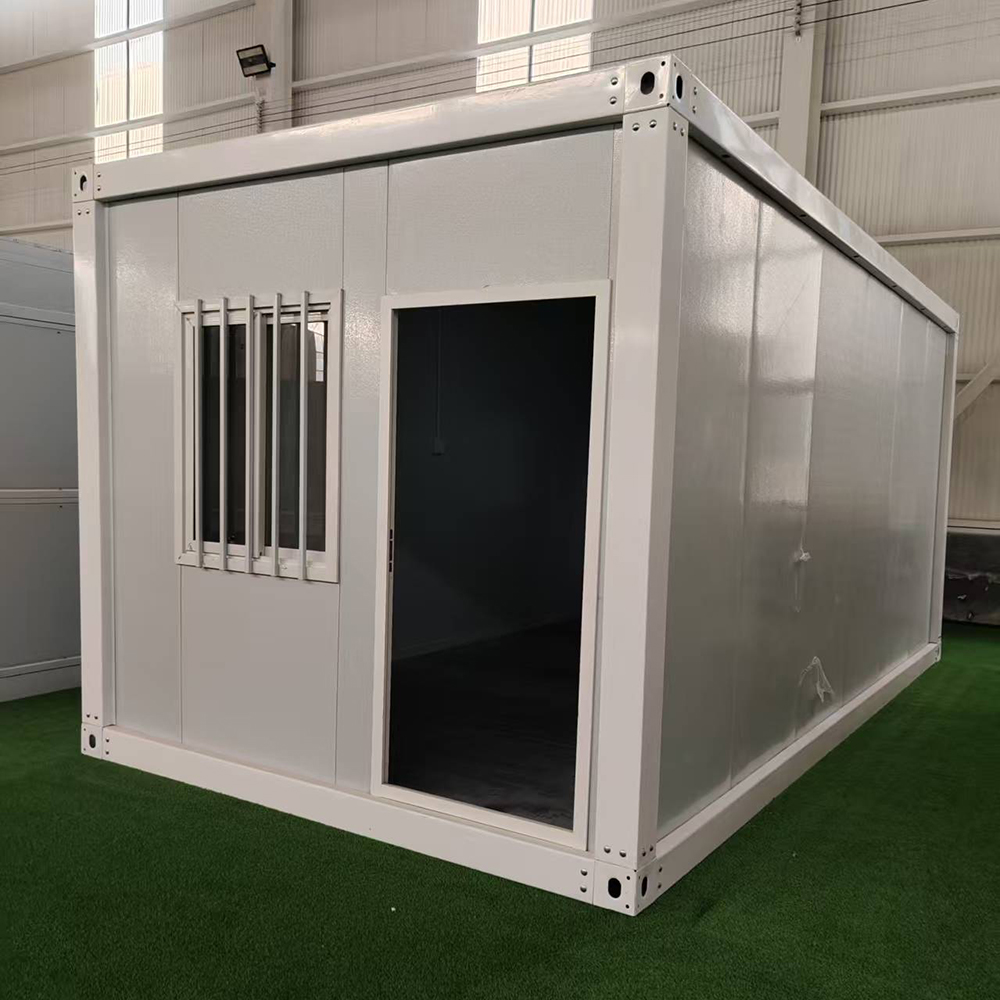 Folding Container Moving House Modular Office Container House Prefab Container for Outdoor Use
Folding Container Moving House Modular Office Container House Prefab Container for Outdoor Use -
 Easy Install Customized Detachable Container Homes Extendable House Prefab 2 Floors Expandable Container House
Easy Install Customized Detachable Container Homes Extendable House Prefab 2 Floors Expandable Container House -
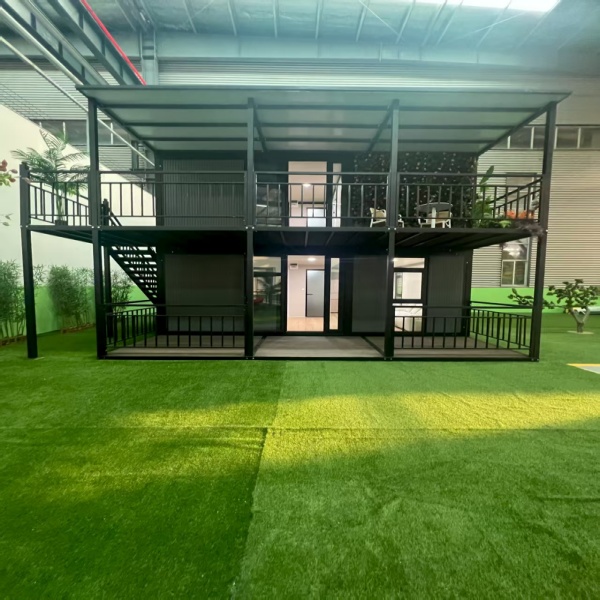 Luxury foldable two-story container houses in luxury resort hotels and villa hotels
Luxury foldable two-story container houses in luxury resort hotels and villa hotels -
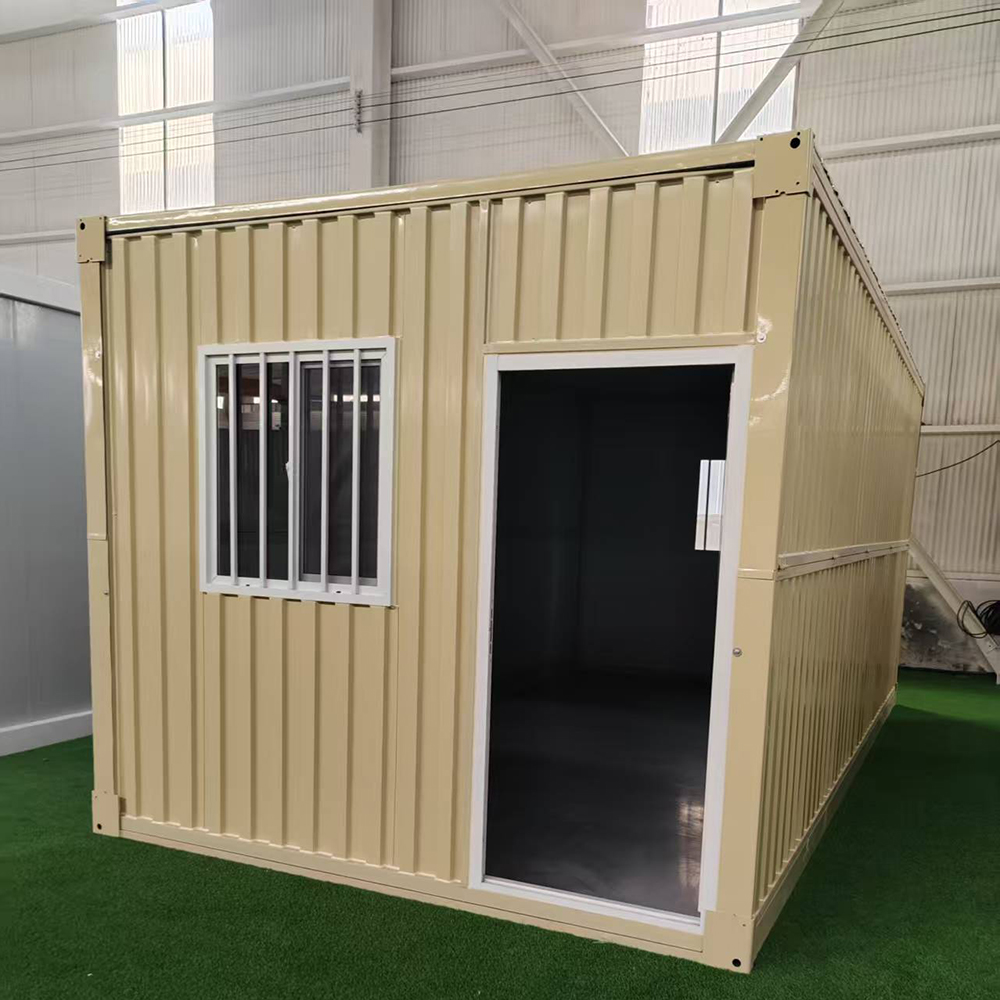 Competitive Price Portable Container House Foldable Container Mobile Living Modular Homes
Competitive Price Portable Container House Foldable Container Mobile Living Modular Homes -
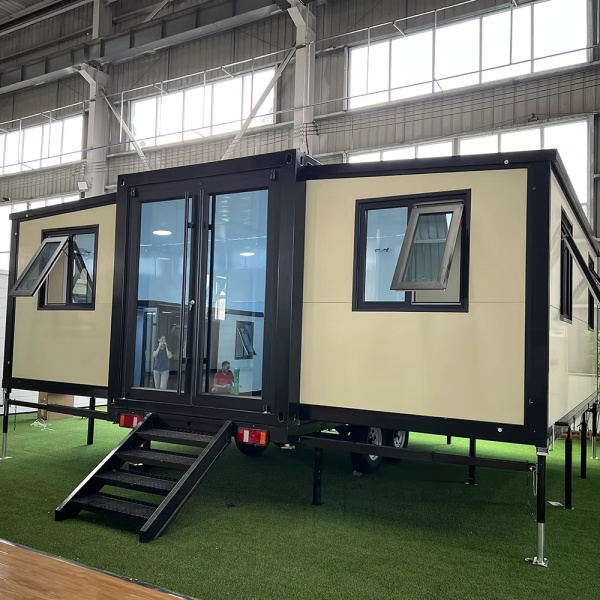 Stair Access Double Wing Expandable Container House | Easy Installation Mobile Office
Stair Access Double Wing Expandable Container House | Easy Installation Mobile Office -
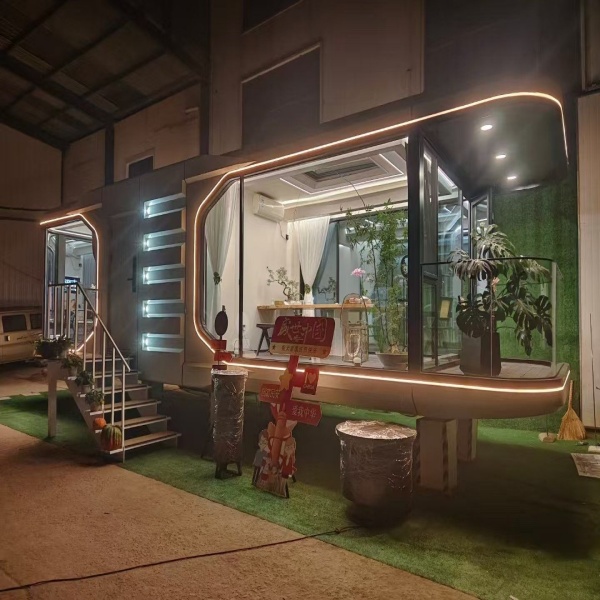 Outdoor ecological capsule rooms, luxury pods, space capsule hotel rooms, prefabricated space capsules, container houses
Outdoor ecological capsule rooms, luxury pods, space capsule hotel rooms, prefabricated space capsules, container houses -
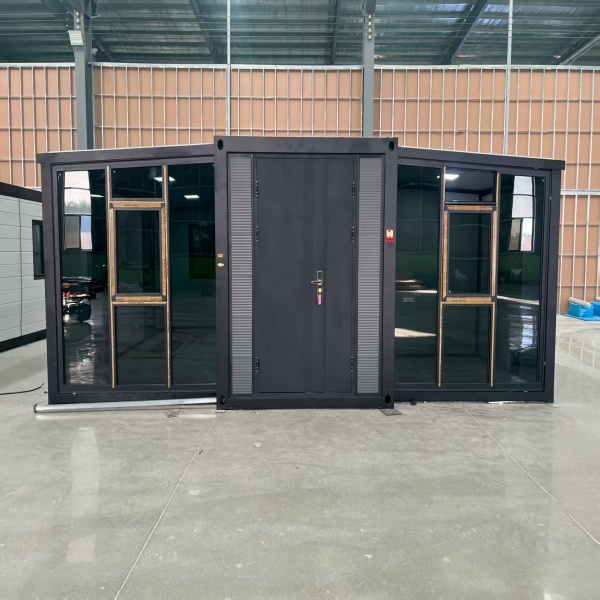 Customizable Office Mobile Home with Flat Roof and Double Wing Expansion Box, Convenient Container
Customizable Office Mobile Home with Flat Roof and Double Wing Expansion Box, Convenient Container -
 Good Quality Modular Homes Prefabricated House Expandable Container House 20FT Mobile Flat Roof House
Good Quality Modular Homes Prefabricated House Expandable Container House 20FT Mobile Flat Roof House -
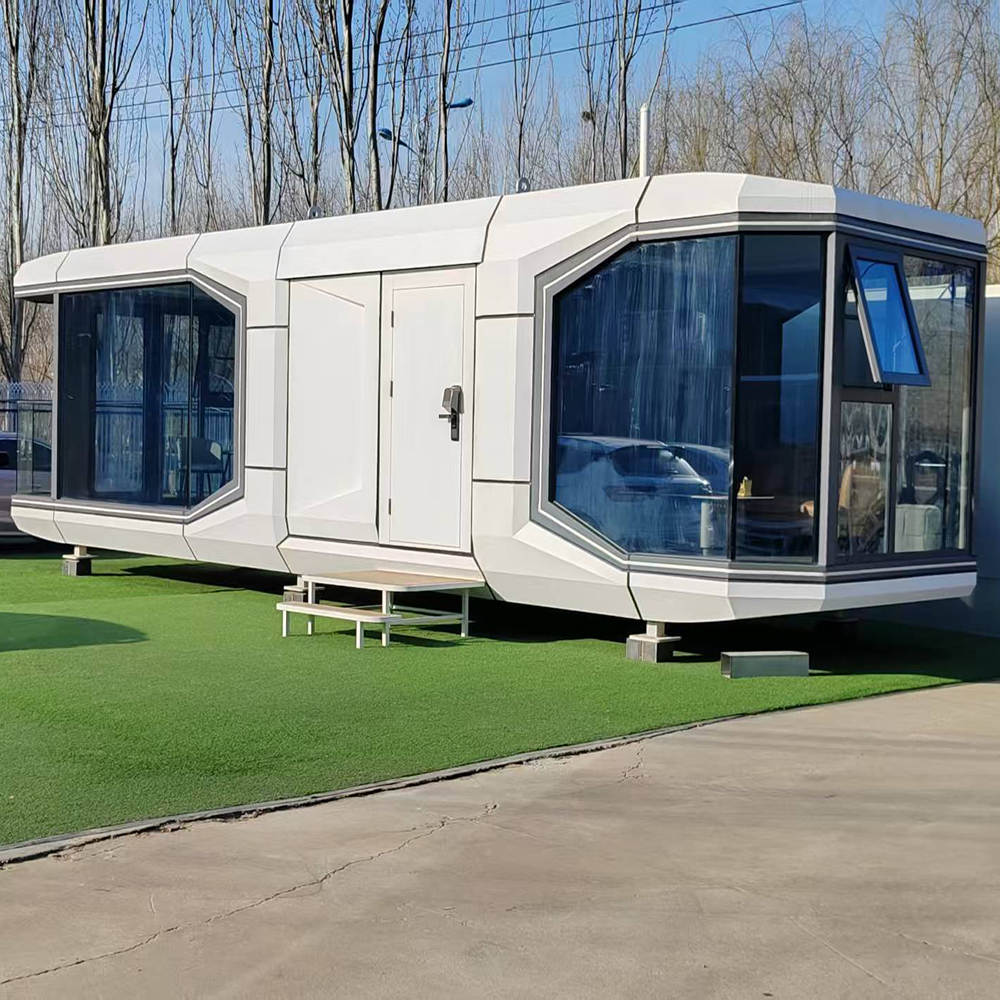 Luxury High Quality 2 Bedroom Container Home Prefabricated Steel Space Capsule for Office Shop Hotel or Outdoor House
Luxury High Quality 2 Bedroom Container Home Prefabricated Steel Space Capsule for Office Shop Hotel or Outdoor House
Related search
Related search- new spire prefabricated house container house
- expanding container house
- 40ft expandable container house
- Buy portable unfolding house
- foldable container house price
- 40ft expandable container house usa
- China prefab folding house
- modern space capsule
- china wholesale container prefabricate house
- China premade container house









